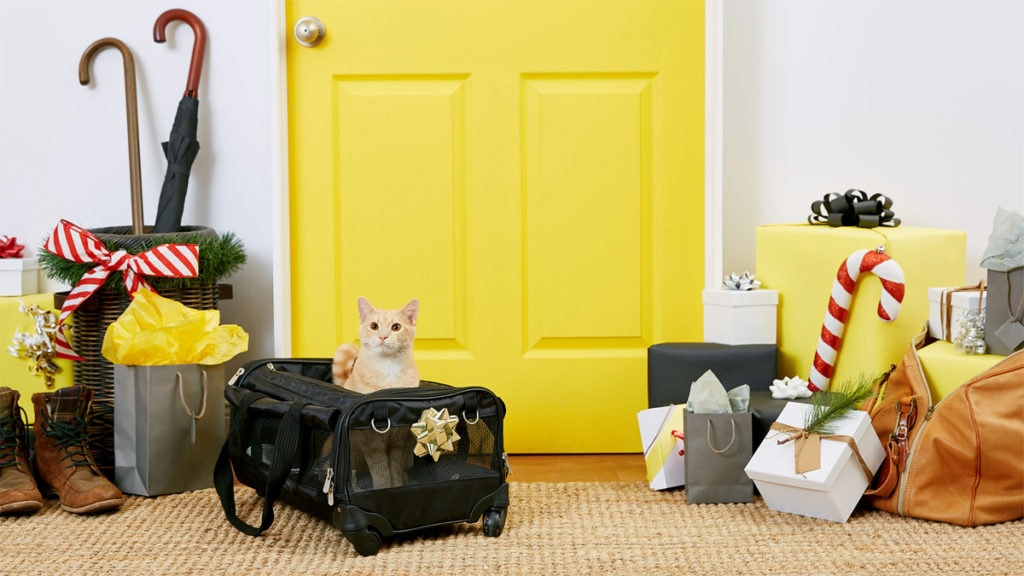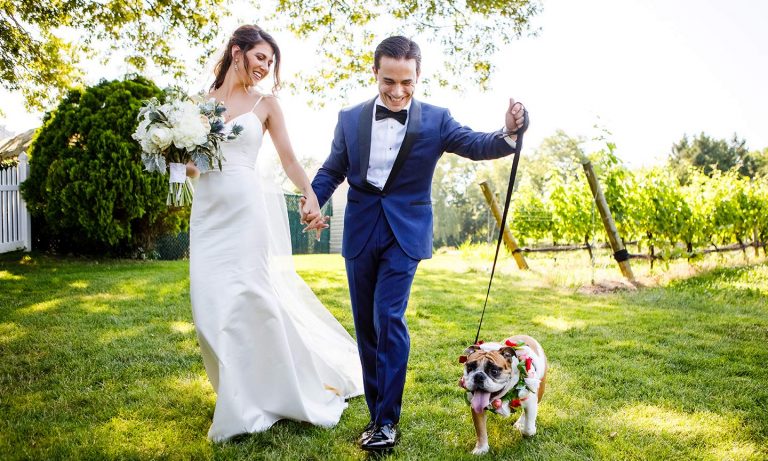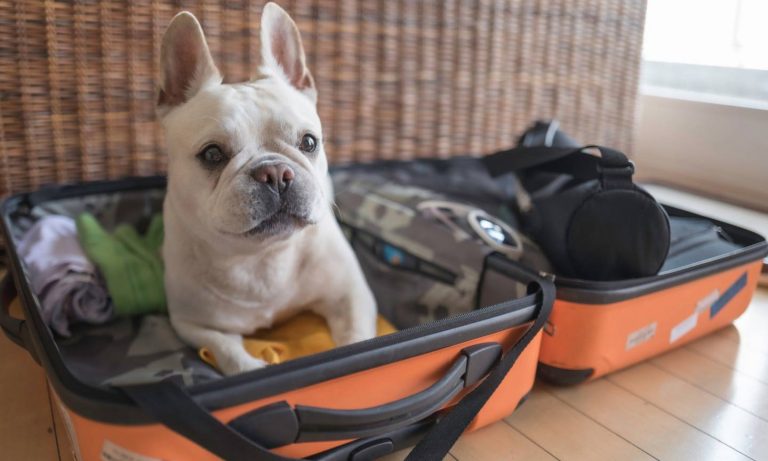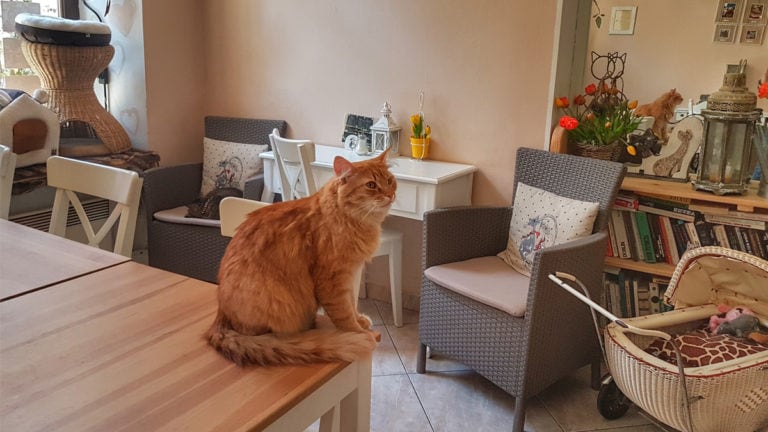Along with excitement for celebrating the holidays, you might also feel a little stressed if you happen to be traveling with a cat. In addition to weather delays, long security lines and congested roads, pet parents need to anticipate the needs of their furry friends to avoid potential problems.
While there isn’t much you can do to prevent flight delays or reduce traffic, there are ways to reduce anxiety when traveling with pets. Whether you’re flying with pets or taking a trip with your cat in a car, traveling can be made easier by planning and prepping in advance.
6 Tips for Traveling With a Cat This Holiday Season
1. Plan Ahead for Your Flight
Planning for your cat’s first flight should start weeks ahead of your trip, according to Dr. Sarah Nold, DVM at Trupanion, a leader in medical insurance for cats and dogs. When flying with pets, remember to check with the government website of your destination state and the airline you are using to ensure you have the proper vaccination and medical documentation for your cat. You should also make sure that your cat has ID tags or a microchip to make sure they can be returned to you if lost.
2. Choose the Right Carrier When Flying With Pets
Part of planning for a flight with your cat includes buying the right carrier. “If your travel involves a plane, make sure you have a carrier that is the proper size for your cat,” says Dr. Nold. “Also, make sure the carrier is approved by the airline for going in the cabin with you,” she says. Pet carriers like the Sherpa Original Deluxe Pet Carrier and the Frisco Two Door Top Load Kennel make flying with pets easier and more comfortable for four-legged travelers. This carrier is part of Sherpa’s Guaranteed On Board program, which meets most major airlines’ requirements for travel.
3. Start Carrier-Training Early
Traveling with a cat is challenging if your cat isn’t used to being in a carrier. If this is her first trip, she’ll need some time to adjust. “Getting your cat used to the carrier should ideally be done over weeks to months, not days to hours,” says Dr. Nold. He also suggests placing a familiar toy or blanket in the carrier with your cat to help ease anxiety during travel.
“Leave the cat’s carrier out at least a week before travel begins so [your cat] can explore and get familiar with it,” advises Carol Petersen, CVT at Burr Ridge Veterinary Clinic. “Periodically spray a cat-specific pheromone clinically proven to be calming on a folded towel or pet bed in the carrier. When moving the carrier, support the base from underneath to limit movement,” she advises.
4. Get Ahead of Anxiety
“If you know that your pet is nervous by nature, traveling can be extremely overwhelming,” says integrative veterinarian Dr. Carol Osborne at Chagrin Falls Veterinary Center and Pet Clinic. If your cat’s anxiety doesn’t subside during training, you may need to consider a sedative or anti-anxiety medication.
“If necessary, you may request a sedative/anti-anxiety medication from your veterinarian,” says Dr. Nold. Over-the-counter calming formulas like VetriScience Behavioral Health Cat Chews support balanced behavior for cats exhibiting nervousness, hyperactivity or anxiety, or responding to environmentally induced stress. The chews contain L-Theanine and Thiamine to ease nervousness without affecting your cat’s personality, and begin working within 20-30 minutes of ingestion.
5. Pre-Plan Meals
Switching up your cat’s diet because you’re on the road can wreak havoc on their digestive system. “Bring enough food to last the entire trip, as a change of food can cause stomach upset in some cats,” says Dr. Nold.
Keep your cat food fresh while traveling with travel containers like the Vittles Vault Travel-tainer. It provides everything you need to feed your cat in one compact unit—two bowls, a clear container that holds up to 6 cups of kibble, and a handle to make feeding while traveling with pets easier.
“When it comes to feeding your cat before travel, avoid milk,” says Leasa Greer, Manager of Nutrition and Regulatory Affairs at Solid Gold pet food company. Milk can cause digestive upset in cats, according to Greer. Dr. Nold also suggests not to feed cats within 2 hours of departure, as this can upset their stomach.
6. Cat Litter on the Go
Traveling with your cat in a car can get stinky if you don’t have the cat litter situation under control. Avoid a smelly mess and the hassle of cleaning up litter boxes by packing Nature’s Miracle Jumbo Disposable Cat Litter Boxes. With disposable cat litter boxes, your cat can go when he needs to, even while you’re on the move. Each litter box contains built-in baking soda for extra protection against foul odors. They’re also landfill-friendly.
Traveling with a cat doesn’t have to cause anxiety for you or your pet. By planning in advance, and using the right tools to help you prep and train your feline friend, you can enjoy traveling with pets without any added stress.

Michelle McKinley is dedicated to creating informative pieces that help pet parents train, care for and love their cuddly companions. She operates a digital ad agency providing content to enterprise and small businesses. As a writer for Chewy, Michelle delights in sharing tips and techniques that strengthen the relationship between owner and pet. She works with experienced veterinarians, knowledgeable pet behaviorists and pet brands to bring the best in pet to readers.
Share:















